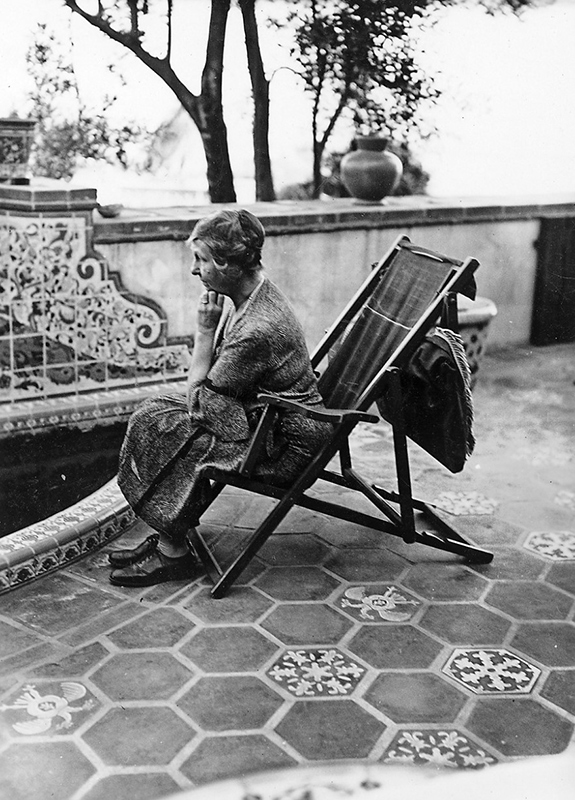The scenic beauty of the Southern California shoreline has long captivated visitors and inspired the land’s protection. For thousands of years, native peoples inhabited the coastal plain, fished the rivers and the sea, and reverenced the natural terrain. The Chumash people from what is now the Ventura-Santa Barbara area named the territory Malibu, meaning “place of noisy surf.” From the south, Gabrielino-Tongva people spoke of Topanga, “where the mountains run down to the sea.”
With the Spanish occupation of California in 1769, retired soldiers sought land to support themselves and their families. In 1802, Jose Bartolome Tapia (1766–1824) received a government grant for his Rancho Topanga Malibu Sequit. Tapia built an adobe home, planted corn and laid out a vineyard in Malibu Canyon, above what is now the Serra Retreat House. In 1848, Tapia’s widow sold the 13,000-acre property for 400 pesos, half paid in cash, the rest in merchandise.
In the 1880s, Southern California’s weather lured thousands of newcomers, one of whom, Frederick Hastings Rindge (1857–1905), bought the ranch in 1892, for $10 an acre. With additional purchases, his “farm” totaled 17,000 acres that fronted 25 miles of beach. Rindge had found his heart’s delight: a “farm near the ocean under the lee of the mountains” with “a troutbrook [sic], wild trees, a lake, good soil, and excellent climate, one not too hot in summer.” Here he grazed cattle, harvested grain, and planted orchards until his unexpected death in 1905.

His widow, May Knight Rindge (1864–1941), sought to protect the property from intruders, employing vaqueros to drive off trespassers. But she also resisted corporate and state entities that wanted access to her land to complete coastal transportation arteries. A woman not to be crossed, she blocked the Southern Pacific Railroad from laying tracks up from Santa Monica by building her own railroad, the 15-mile Hueneme, Malibu and Port Los Angeles Railroad.Rindge also took to the courts. Beginning in 1907, she battled Los Angeles County and the State of California to prevent the extension through the ranch of Highway 1 (then known as the Roosevelt Highway). Litigation raged for 15 years until 1923, when the U.S. Supreme Court ruled that the state had the right of eminent domain to construct through her property a scenic highway for public enjoyment. Determined to prevent spoilation of the land, May resisted development on her ranch and died nearly bankrupt for her efforts.
Rindge descendants have loved Malibu up to the present. John Francis Rindge (1932–2013), grandson of Frederick and May, spoke readily about his family’s legacy of preservation. A graduate of Loyola University of Los Angeles in 1953, he co-authored books with his brother about his grandmother’s pottery company that produced the famous Malibu tiles. Another relative deeded land to the U.S. government for the creation of the Santa Monica Mountains National Recreation Area. Thanks to their care, the Rindge family has preserved the natural integrity of the Malibu coast.
Michael Engh, S.J. ’72 is chancellor of LMU. Previously he has been professor of history and dean of the LMU Bellarmine College of Liberal Arts, as well as president of Santa Clara University.
Photo courtesy of the Malibu Adamson House Foundation Archives.
